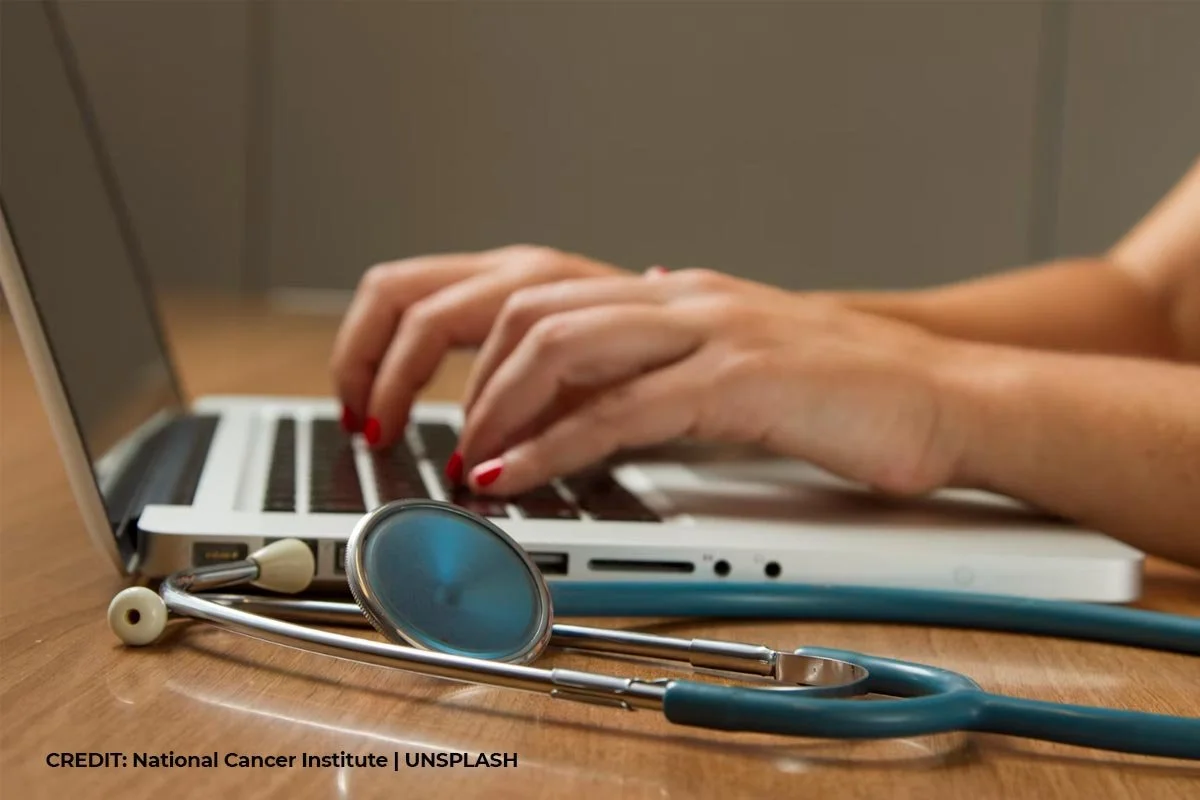Medication Administration: A Nurse's Legal Shield Against Malpractice Claims
In the imagination of many, it’s doctors who are front and centre in the medical world, but they’re far from the only ones on the medical front lines. Nurses too stand at the forefront of patient care, and are often the unsung heroes of the medical profession. Among their many critical responsibilities, medication administration is perhaps the most frequent and high-risk duty they perform. It is a complex process that demands unwavering focus, clinical knowledge, and meticulous attention to detail. While the primary goal is always the patient's well-being and therapeutic outcome, this same process, when performed with diligence and precision, becomes a nurse's most formidable legal shield (particularly against harsh rulings that may arise from the most unexpected sources). Adherence to established protocols is more than a matter of simply following rules; it’s just as much about building an ironclad defence to shield against potential allegations of negligence and malpractice. This shield is forged through the systematic application of rights, checks, and documentation.
The Foundation: The 10 Rights of Medication Administration
The cornerstone of safe and legally defensible nursing practice in medication administration is the consistent application of the "10 Rights,." Sometimes called the 10 Golden Rules in Medical Administration. These principles serve as a critical thinking framework and a systematic checklist that guides a nurse’s actions, ensuring every aspect of the process is deliberately considered.
1. The Right Patient.
This is the first and most crucial step. Before any medication is administered, the nurse must confirm the patient's identity using a minimum of two unique identifiers, such as their full name and date of birth, or a hospital identification number. This information must be actively matched against the patient's wristband and the Medication Administration Record (MAR). Simply asking for a name is insufficient; verification is paramount.
2. The Right Medication.
A nurse must ensure the medication being prepared is the exact one prescribed. This involves carefully reading the label and comparing it to the MAR. Special attention must be paid to look-alike, sound-alike (LASA) drugs, where packaging or names can be deceptively similar.
3. The Right Dose.
Correct dosage is critical to achieving the desired therapeutic effect and avoiding toxicity. This requires not only reading the prescriber's order accurately but also performing any necessary calculations with precision. For high-alert medications like insulin, heparin, or certain cardiac drugs, an independent double-check by a second nurse is the standard of care and a powerful legal safeguard.
4. The Right Route.
A medication intended for intramuscular injection can have catastrophic effects if administered intravenously. The nurse must confirm the specified route (e.g., oral, subcutaneous, intravenous) and ensure it is appropriate for the patient's condition and the specific medication formulation.
5. The Right Time and Frequency.
Administering medications according to the prescribed schedule is essential for maintaining consistent therapeutic drug levels in the bloodstream. A nurse must honour the prescribed times and frequencies to ensure the medication works as intended.
6. The Right Documentation.
From a legal perspective, this right is arguably the most important. Accurate record-keeping is more than a matter of maintaining accurate logs to ensure proper treatment; quality documentation is key for nurses to protect themselves from accusations of impropriety. The principle "if it wasn't documented, it wasn't done" is the golden rule. Documentation must be performed immediately after administration (always after administration, not before) and should be accurate, timely, and complete to create an official legal record of the care provided.
7. The Right Reason.
A nurse should understand why a patient is receiving a particular medication. Does the drug's purpose align with the patient's diagnosis and clinical picture? This understanding provides a vital safety net, empowering the nurse to question an order that seems inappropriate, thereby preventing potential error.
8. The Right to Refuse.
Every competent patient has the autonomous right to refuse treatment, including medication. If a patient refuses, the nurse's duty is to explore the patient's reasoning, educate them on the potential consequences of refusal, and document the event and the education provided. For this purpose, it behooves nurses to use plain, simple speech to explain the issues to patients in language they understand. The prescriber must also be notified promptly to keep them in the loop.
9. The Right Patient Education.
Consent matters in matters medical; obtaining consent is an absolute necessity when it comes to administering treatment, and for that it’s vital to educate patients on the treatment and medication they receive. Nurses have a responsibility to ensure their patients understand what medication they are taking, why they are taking it, and what common side effects to watch for. An informed patient is a safer patient and a partner in their own care.
10. The Right Evaluation.
The nurse's responsibility does not end once the medication is administered. They must monitor and assess the patient for the medication's intended therapeutic effects as well as for any adverse reactions or side effects. Documenting this follow-up completes the cycle of care.
Reinforcing the Shield: The Three Checks
Embedded within the application of the 10 Rights is the practical safety habit of the "Three Checks." This repetitive, methodical process reinforces accuracy at key moments.
1. First Check:
When removing the medication from its storage location, such as an automated dispensing cabinet or medication cart, compare the medication label directly against the MAR.
2. Second Check:
During preparation, as the medication is being poured, drawn up into a syringe, or prepared for administration, compare the label to the MAR again.
3. Third Check:
At the patient's bedside, immediately before administering the medication, perform a final comparison of the medication label against the MAR and verify the patient's two identifiers.
The Final Polish: Legally Sound Documentation
Meticulous documentation is what transforms a nurse's competent actions into a defensible legal record. The patient's chart is a legal document, and in the event of a claim, it will be scrutinized as the primary source of truth. Legally sound documentation is clear, objective, and comprehensive. It includes the date, time, medication name, dose, and route of administration. Furthermore, it should capture the nurse’s assessment before administration and the evaluation of the patient's response after. By chronicling every step with accuracy and integrity, a nurse creates an unambiguous record that demonstrates adherence to the standard of care, effectively building and polishing their legal shield against the threat of a malpractice claim.
When you need some additional help covering legal matters, Health Law Firm has your back. We provide full service legal support for health care professionals to ensure you’re protected at all times. Whether you need aid with disciplinary proceedings or assistance with your contracts, we’re here to lend a hand and help you through your legal issues. Give us a call now at (416) 640-0508 when you need legal aid in your corner.


